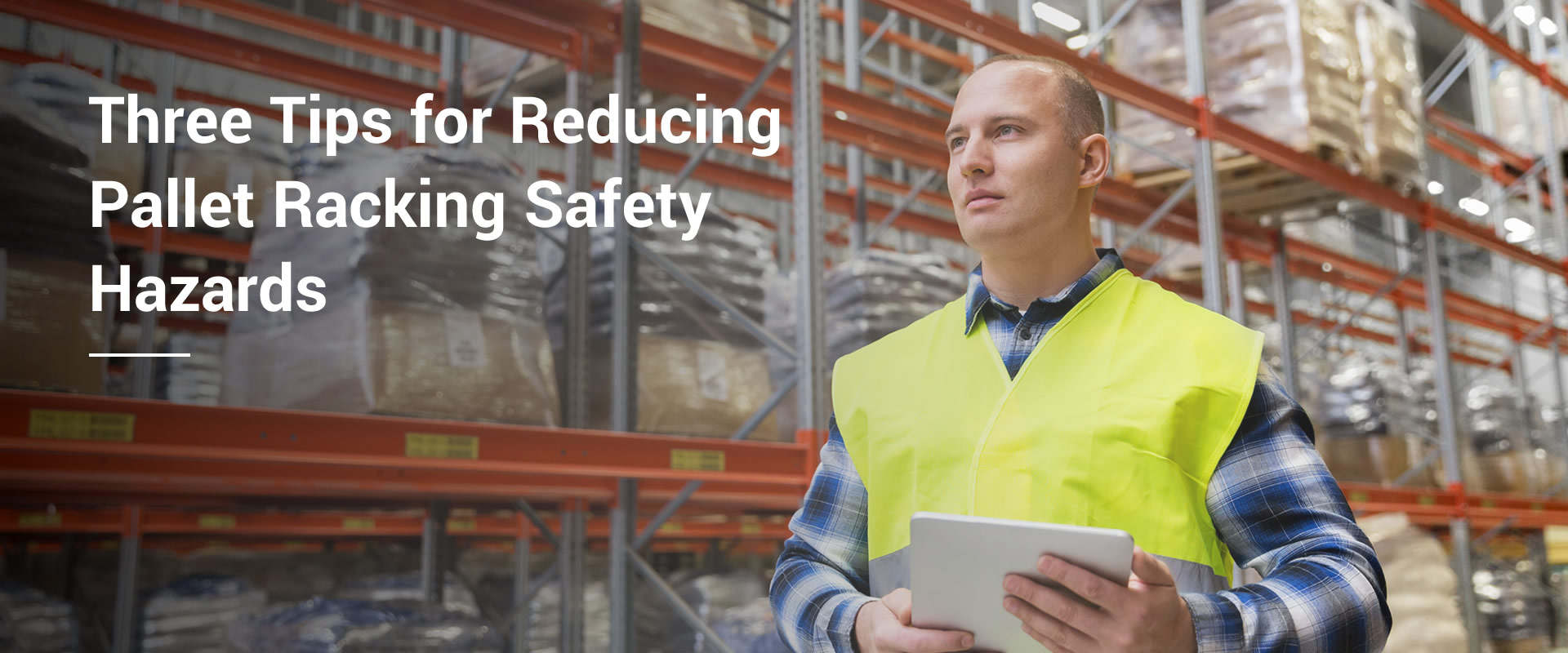Reducing Process Safety Hazards: A Novel AI-Based Patent

Table of Contents
Understanding the Challenges of Traditional Process Safety Management
Current process safety management strategies heavily rely on reactive measures and manual inspections. While essential, these methods have significant limitations:
- High reliance on human error: Manual inspections are susceptible to human oversight, fatigue, and inconsistent application of safety protocols. This increases the likelihood of missed hazards or incorrect assessments.
- Time-consuming and labor-intensive inspections: Traditional methods require extensive time and resources for thorough inspections, making them costly and potentially delaying the identification of critical hazards.
- Difficulty in predicting and preventing unforeseen events: Reactive approaches struggle to anticipate and prevent unexpected events or cascading failures that can lead to major process safety incidents.
- High cost of remediation after incidents: The financial and operational consequences of process safety incidents, including cleanup, repairs, lost production, and legal ramifications, are often substantial. OSHA regulations and potential fines add further burdens. Effective hazard identification and risk assessment are crucial to avoid these costs.
These limitations highlight the urgent need for more proactive and sophisticated approaches to process safety management, leading to the development of our innovative AI-based solution.
The Novel AI-Based Patent: A Proactive Approach to Hazard Reduction
Our patent introduces a groundbreaking AI-based system for proactive process safety management. The core technology leverages advanced machine learning algorithms and predictive analytics to identify, analyze, and predict potential process safety hazards in real-time. Unlike traditional methods that primarily react to incidents, this system actively monitors industrial processes, anticipating problems before they escalate.
This AI-powered system integrates seamlessly with existing process control systems, drawing data from a variety of sources:
- Real-time data analysis from various sources: The system ingests data from sensors, historical operational records, and other relevant sources to build a comprehensive understanding of the process.
- Advanced algorithms for anomaly detection and predictive modeling: Sophisticated machine learning algorithms analyze this data, identifying unusual patterns and predicting potential deviations from safe operating parameters.
- Automated alerts and recommendations for mitigation strategies: When potential hazards are detected, the system automatically generates alerts and recommends appropriate mitigation strategies to prevent incidents.
- Integration with existing process control systems: Seamless integration ensures that the system works alongside current infrastructure, minimizing disruption and maximizing efficiency. This improves process optimization and ensures a smooth transition.
Key Benefits of the AI-Based Process Safety System
This AI-based process safety system offers significant advantages over traditional methods:
- Significant reduction in process safety incidents: By proactively identifying and mitigating potential hazards, the system dramatically reduces the likelihood of accidents.
- Minimized operational downtime and production losses: Early hazard detection and prompt mitigation actions minimize disruptions, leading to increased production efficiency and reduced financial losses.
- Improved overall safety performance and compliance with regulations: Enhanced safety performance ensures better compliance with industry regulations, reducing the risk of penalties and legal issues.
- Cost savings through preventative maintenance and hazard avoidance: The proactive nature of the system significantly reduces the costs associated with reactive measures and incident remediation. This improves ROI and reduces overall operational expenditure.
Case Studies and Real-World Applications
While detailed case studies are currently under NDA, we can offer hypothetical scenarios demonstrating the potential of the system:
- Case study (Hypothetical): In a chemical plant, the AI system detected an anomaly in a reactor's pressure readings, predicting a potential explosion. An automated alert triggered a safety shutdown, preventing a major incident and associated hazardous materials release. This demonstrates the capabilities of the system in chemical process safety.
- Case study (Hypothetical): In an oil refinery, the system identified a pattern indicating potential equipment failure. Predictive maintenance was scheduled, preventing costly downtime and ensuring continuous operation. This highlights the system’s ability to improve efficiency in the oil and gas sector.
- Potential applications: The system’s versatility makes it applicable across numerous industries, including manufacturing, pharmaceuticals, and energy production. It can be adapted to address the specific process safety needs of various sectors.
Securing a Safer Future with AI-Powered Process Safety
This AI-based patent represents a significant advancement in process safety management. By leveraging the power of artificial intelligence and predictive analytics, it offers a proactive, data-driven approach to hazard reduction, minimizing risks, reducing costs, and ultimately creating safer working environments. The system’s ability to identify and mitigate potential hazards before they materialize is a game-changer for industrial safety. To learn more about AI-based process safety and explore licensing opportunities for this innovative patent, please contact us. Improve your process safety with AI – contact us today!

Featured Posts
-
 Strategys 555 8 Million Bitcoin Purchase A Comprehensive Analysis
Apr 30, 2025
Strategys 555 8 Million Bitcoin Purchase A Comprehensive Analysis
Apr 30, 2025 -
 Uks Eurovision Bid Remember Monday And The Fight Against Online Abuse
Apr 30, 2025
Uks Eurovision Bid Remember Monday And The Fight Against Online Abuse
Apr 30, 2025 -
 German Conservatives And Social Democrats Begin Coalition Talks
Apr 30, 2025
German Conservatives And Social Democrats Begin Coalition Talks
Apr 30, 2025 -
 Le Preghiere Per Papa Francesco E Il Cardinale Becciu Speranza E Riflessione
Apr 30, 2025
Le Preghiere Per Papa Francesco E Il Cardinale Becciu Speranza E Riflessione
Apr 30, 2025 -
 Police Accountability Review Campaigners Raise Serious Concerns
Apr 30, 2025
Police Accountability Review Campaigners Raise Serious Concerns
Apr 30, 2025
